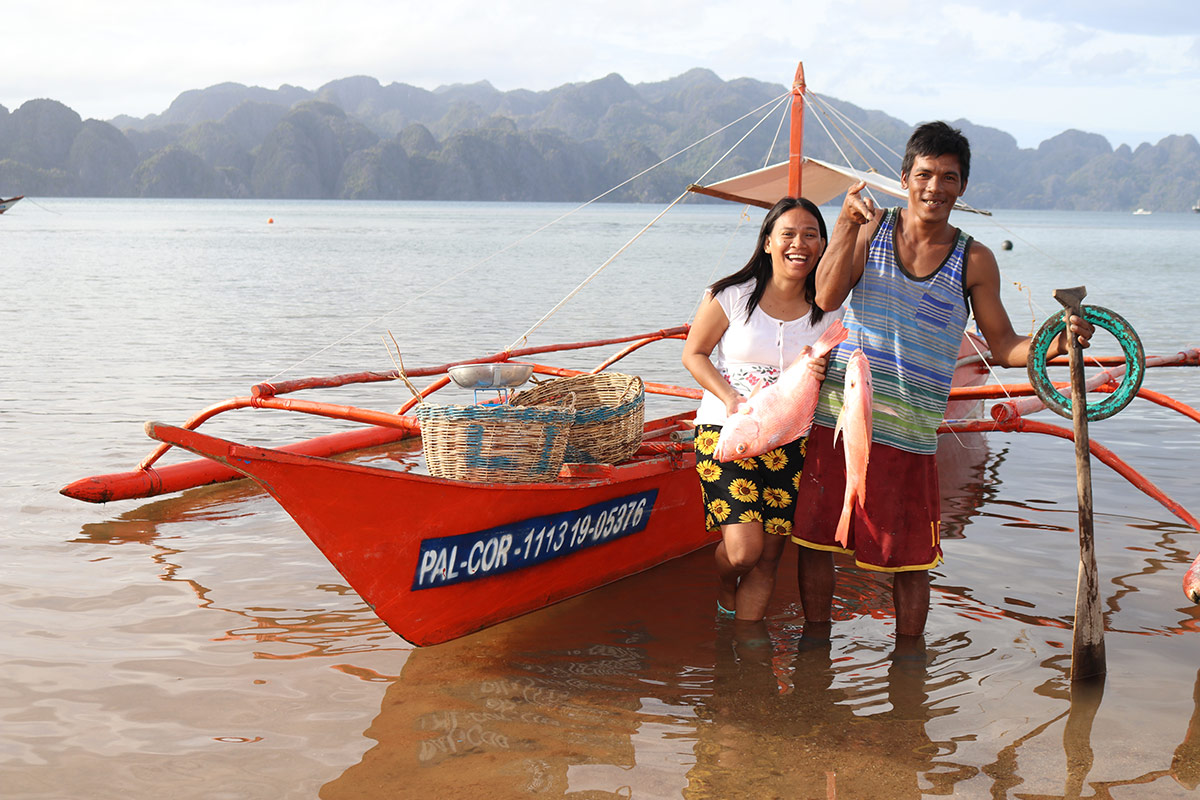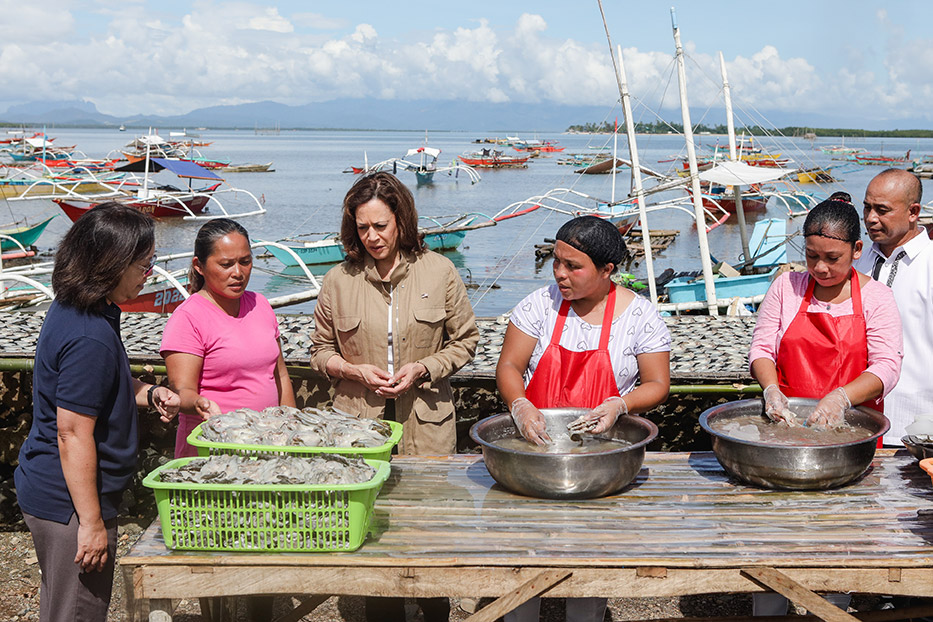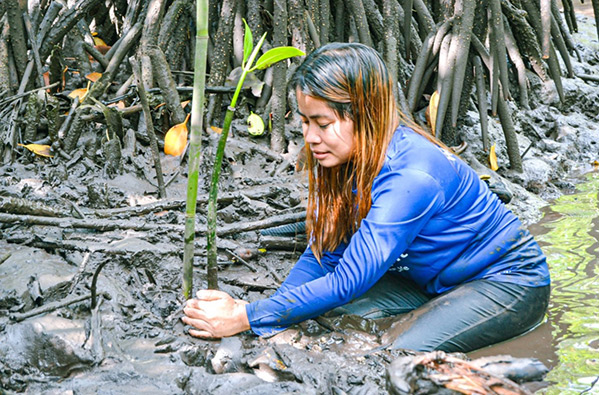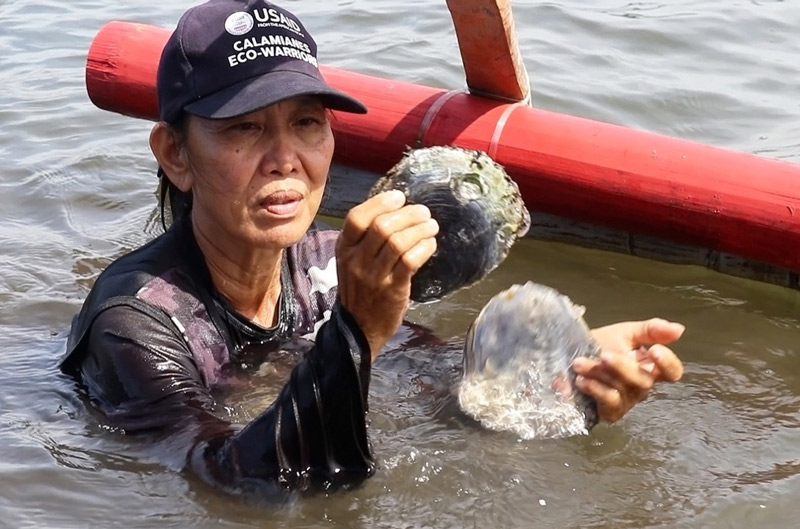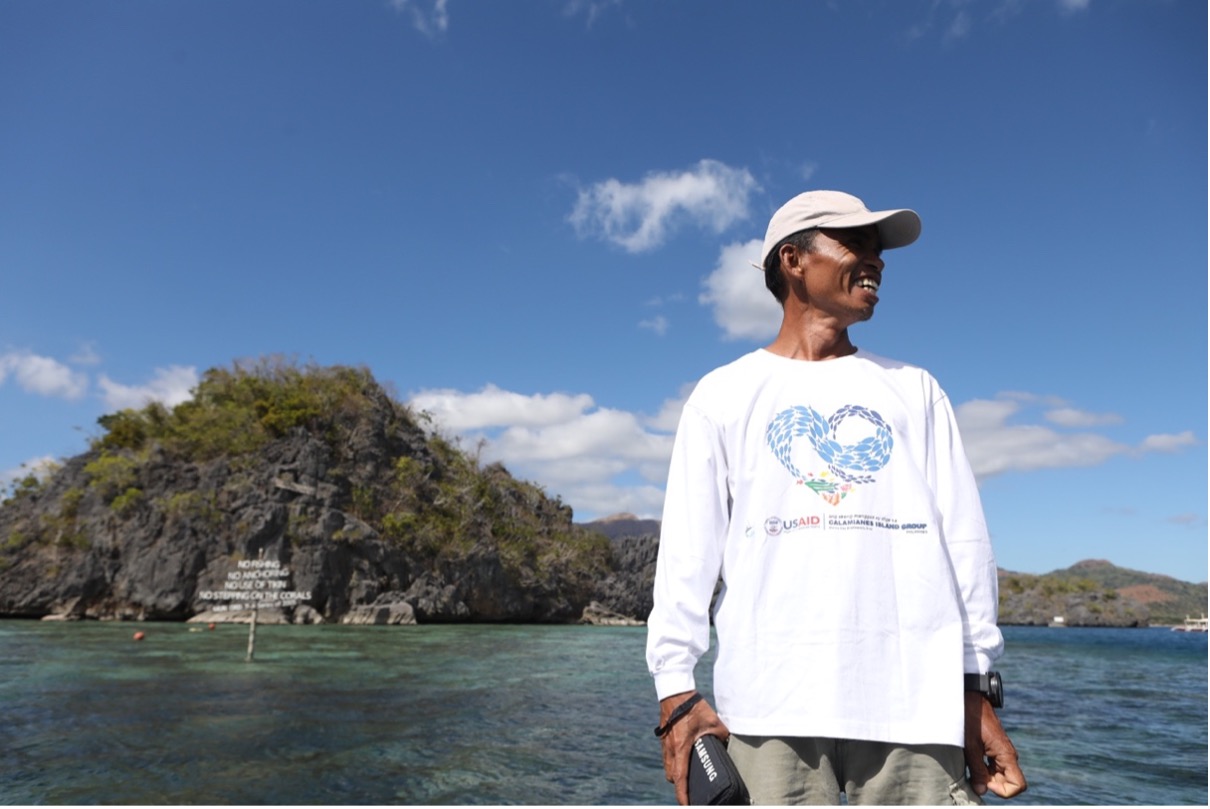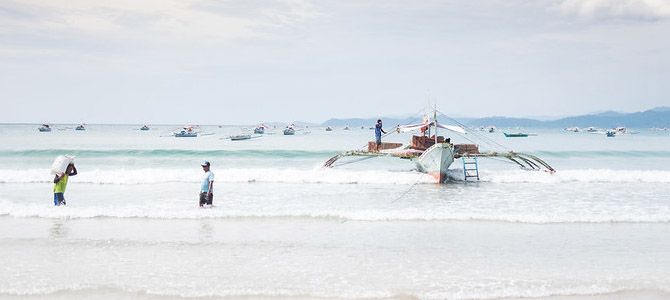Introduction
The USAID Fish Right Program is a partnership between the governments of the United States and the Philippines to promote sustainable and resilient fisheries. Launched in 2018, this $33 million project aims to address biodiversity threats, improve marine ecosystem governance, and increase fish biomass in select marine key biodiversity and fisheries management areas in the Philippines.
Challenge
Situated in the apex of the Coral Triangle, a region known as the global center of marine biodiversity, the Philippines is recognized as the center of marine shore fish biodiversity. It is ranked as one of the world’s top fishing countries, recording an average of four million metric tons of fish catch every year. Fish and fish products provide food and livelihoods for millions of Filipinos living in coastal communities. This rich and precious marine biodiversity, however, is threatened by destructive and illegal fishing practices. These unsustainable fishing practices, exacerbated by climate change and the degradation of coral reefs and mangrove ecosystems, significantly impact food security, employment, and livelihoods. For instance, the productivity of “wild” fisheries has leveled off since 1991, suggesting most fish stocks are now overexploited and overfished.
Approach
The overarching goal of the USAID Fish Right Program is to address threats to coastal and marine biodiversity by reducing overfishing, destructive and illegal fishing, and degradation of marine ecosystems. Fish Right aims to achieve this goal by catalyzing systemic actions within the fisheries sector; increasing the capacity of the national, regional, and local governments to implement an ecosystems approach to fisheries management; fostering fisheries ecosystem stewardship; and addressing the issue of illegal, unreported, and unregulated (IUU) fishing.
Fish Right initially focused on three marine key biodiversity areas (MKBAs) – Visayan Sea, Southern Negros, and the Calamianes Island Group, and expanded to cover the West Philippine Seascape (WPS) in the South China Sea during its fourth year of implementation. In October 2021, the program also started expanding its geographical coverage from MKBAs to fisheries management areas (FMAs), and has now pivoted to working on broader threats reduction in additional FMAs in the WPS, where fisheries resources are further challenged by foreign fishing vessels like distant-water fleets. The program promotes a science-based, participatory, and transparent governance framework to sustainably manage fisheries in these areas.
Key Activities
As the program pivots to the WPS in the South China Sea, it aims to adapt and apply its experience in science-based and constituency-building approaches to improving fisheries compliance and reducing IUU fishing. Fish Right’s key activities include: 1) building the management capacity and leadership of relevant institutions in the WPS; 2) strengthening science, technology, and innovation partnerships between universities, governments, civil society organizations, and other stakeholders; and 3) leveraging data platforms to facilitate the use of science in policy-making and implementation. In addition, USAID’s Fish Right provides direct assistance to fishing communities that are vulnerable to diminished resources as a result of IUU fishing and further compounded by the impacts of climate change. This community assistance involves a multifaceted set of resilience interventions that include:
- IUU assessment and risk reduction planning
- ensuring resilience of fish stocks
- systematic marine protected area network designing
- improving fish catch through appropriate harvest controls
- setting up safety nets in fishing communities, such as: improving fishers’ financial literacy; establishing market linkages between fishers and distribution channels, government agencies, academic institutions, and the private sector; and establishing microenterprises to lessen their dependence on marine resources.
The program places a special focus on youth and women’s inclusion and empowerment, and these groups play a significant role in managing marine resources sustainably. The unstable and low income of fishers perpetuates a vicious cycle of poverty and natural resource depletion. USAID Fish Right’s interventions are designed to advance sustainable and resilient fisheries, anchored in boosting the resilience of small-scale fishers to help them break the cycle of poverty.


